
While the China market at large has struggled for much of the past decade, we find plenty of unique stories within that scene. They includes the rising number of niche importers, such as Carpathian Vines, which is handling wine from Hungary, Serbia and Slovakia.
In this Q&8, I ask Bence Kato how Carpathian has fared in a tough market. How both consumers and bars / restaurants are responding to the little-known grape varieties, wine styles and brands he carries. What variety he thinks is the best signature grape for the Carpathian region. And lots more.
Check out the full Q&8 below. And check out more Q&8s here.

Before we jump into the wines, Carpathian is planning its first popup tasting in Beijing. Can you give us a few details?
Certainly! We will hold our debut event in Beijing on July 6, targeting consumers as well as industry people. The Merchants is helping by graciously hosting our event at the flagship venue in Dongcheng District.
We’ll have a small fee for consumers to join and taste up to 20 different labels from our portfolio and also invite some industry people. I love events like this because industry people can gauge through the consumers how the wines will perform at their venues. And consumers get to socialize with and learn from wine bar owners and sommeliers.
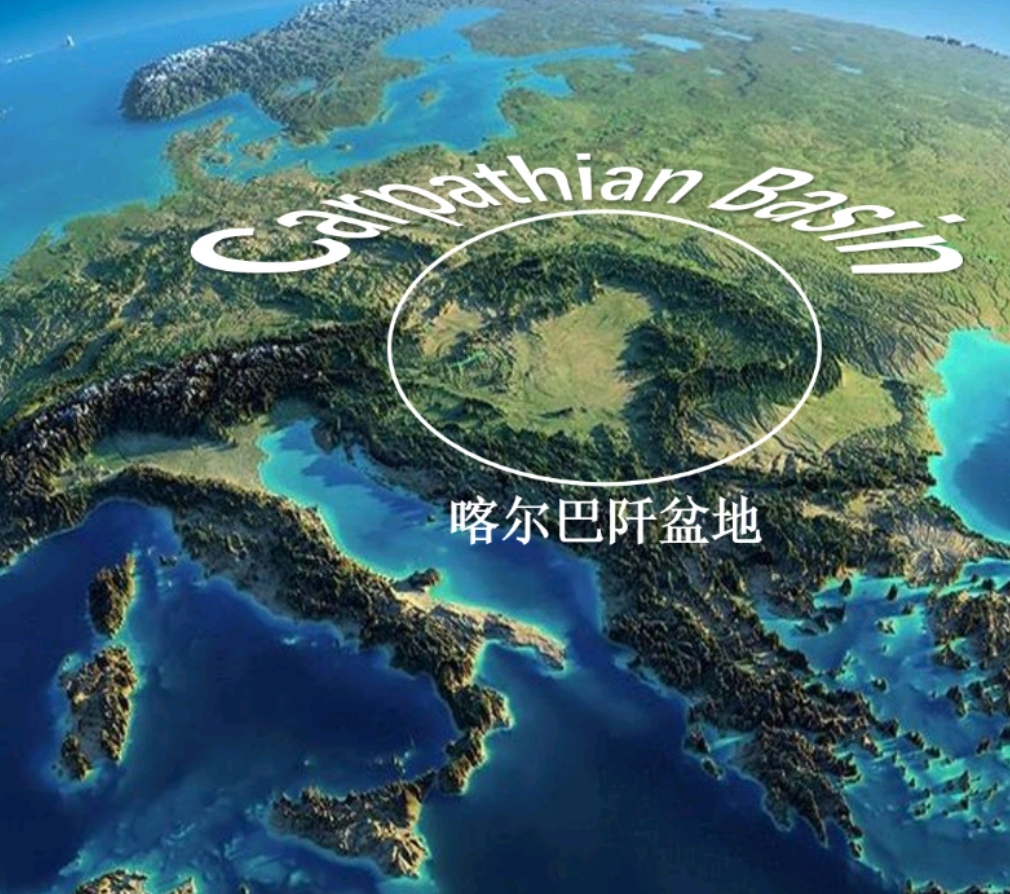
Carpathian Vines is named after the mountains and basin in central Europe. What are three things most people don’t know about the region’s wine history?
The biggest misconception is that this region is new to winemaking. In actuality, it was brought from the Georgian area over 2300 years ago by the Celtics, then carried on by the Roman empire when the region was called Pannonia. Finally, the Hungarians and Slavs inherited this noble practice.
Second is the untapped diversity of the grape varieties, such as Kadarka, Hárslevelű and Zengő; the terroirs, including clay-covered hills, sand dunes and extinct stratovolcanoes; and, of course, the lesser-known winemaking styles, such as siller (between rosé and red), fordítás (aszú berry-soaked white wine) and peasant-style multi-vintage field blends (the wine is refermented each year with the vintage’s top grapes).

We focus on little-known grapes, terroirs, and wine styles and the Chinese audience seems to be in love with them. For example, one of our multi-vintage field blends — Maurer Oszkár’s Babba — won second place at the Shanghai orange wine competition with Simon J Woolf last year.
Finally, one point related to Hungary. When people hear of Hungarian wine, they immediately think of sweet wines, specifically Tokaji aszú. While rightfully so, sweet wine production in Hungary is actually miniscule, and 70 percent of wines are dry whites, and wonderful ones at that!
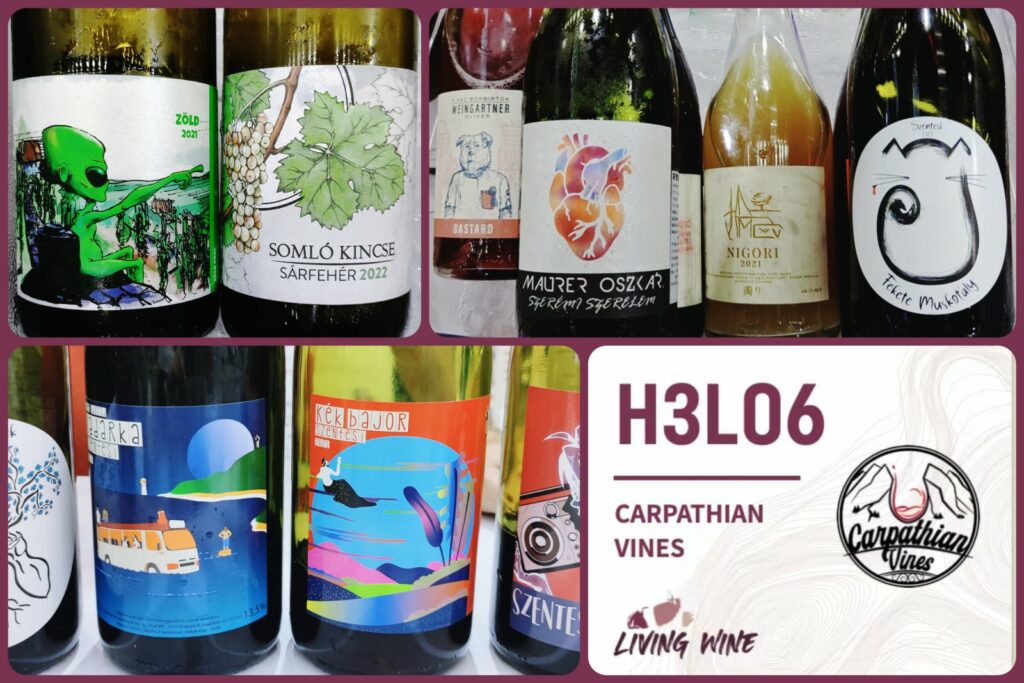
I tasted Carpathian’s wines at Wine to Asia in Shenzhen, where you guys had a booth in the Living Wines section. Which of your wines did the attendees enjoy most? And does it match with your findings in the market?
The wines did very well in general. People in China are very open to new varieties and new wine countries, which was a wonderful surprise to me when I moved here and got involved with the wine lovers’ scene, initially as a consumer.
Our best performing wines were pre-phylloxera ancient varieties from Hungary such as Fekete Muskotály, Tihanyi kék, and Sárfehér; our dry botrytis wine Szerémi Szerelem from Serbia; and our flagship wine Nigori from our Slovak friend at Strekov 1075.
Generally, these labels cover our unconventional wine styles and the unique varieties unknown to even the advanced wine geek’s palate.
My market position is rather unusual as my wines generally are considered for the unique / unknown sections of the shelf. However, I see this category becoming more popular even with big-name Michelin-star restaurants, which in the last year have become a big chunk of our long-term reliable clients.
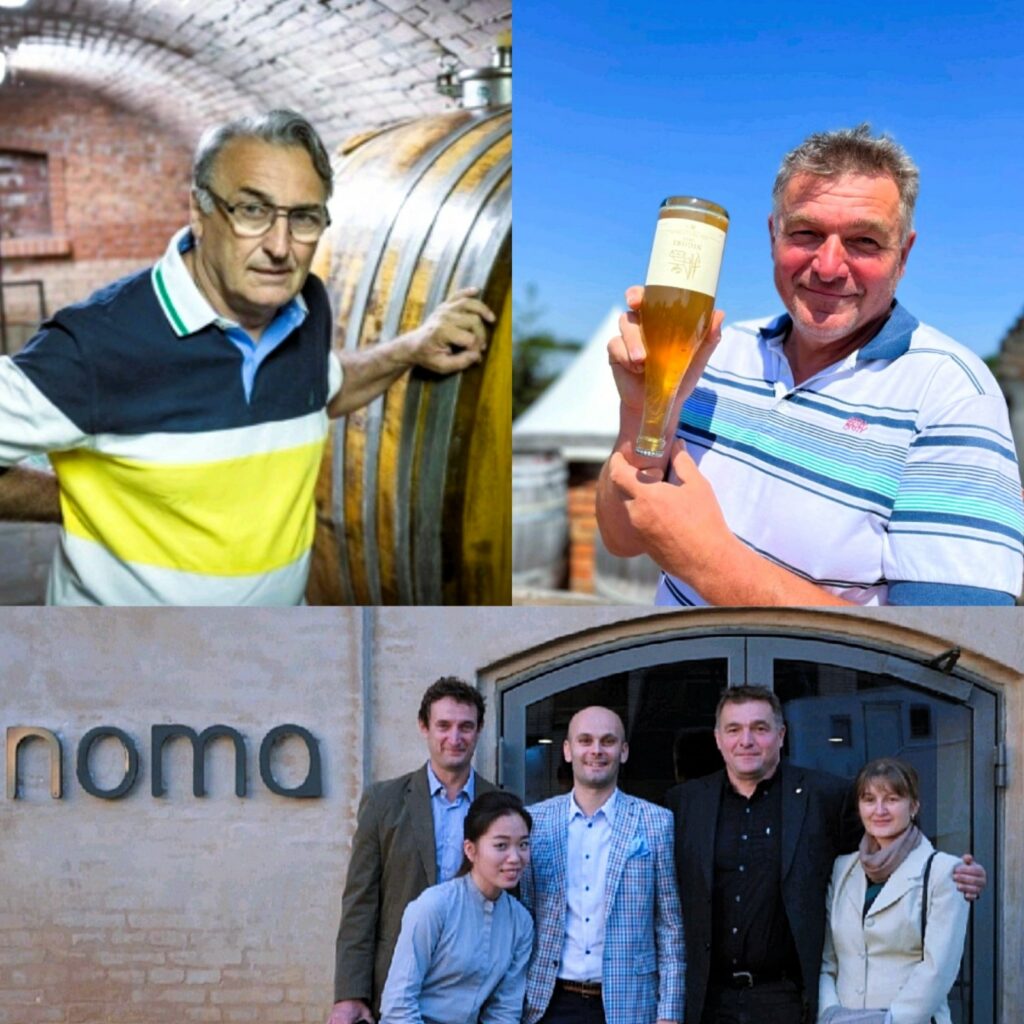
Let’s talk more about that market position. China’s general wine scene has been a bit of a disaster this past decade, as imports and local production dropped. But there are niches where people are finding success. Where does Carpathian Vines fit?
My general experience is that low-priced and very high-priced wines have suffered a lot in the last year or so. However, we luckily fall into the middle, which is where people go when they abandon big-name Burgundy, Bordeaux or Super Tuscans due to sky-high prices. It’s also the category that novice wine enthusiasts first find on the shelves of hipster wine bars.
Moreover, as I mentioned, our products are very niche, one that seems to be slowly expanding. We primarily sell to hip wine bars, wine-focused bistros and fine-dining restaurants.
We have also seen a shift in high-end restaurants going for our unique wines over classical ones for wine pairings. This is mostly due to the fact that we can provide something new and exciting with the same, or dare I say sometimes higher, quality compared to the classics for a considerably lower price, in a market where profit margins are getting tighter.
Finally, our company is small, a two-person operation, which makes us extremely flexible. When overall consumption drastically went down last year, we simply put our boots on and sought out new partners in cities we hadn’t been to. This strategy helped us do relatively well compared to big importers who don’t have a lot of untapped markets left. Thankfully, the natural wine market at least is on the up and up again to all our delight.
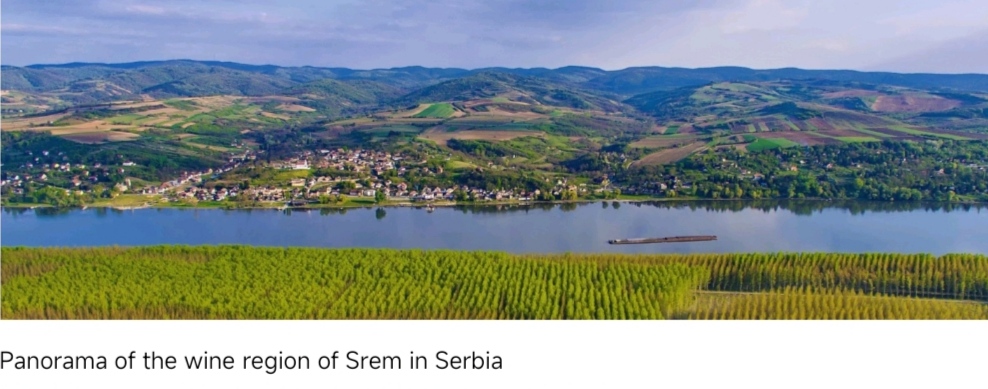
As you noted, you carry wines from countries such as Hungary, Serbia and Slovakia. Given they all hail from this basin, is there a commonality due to a shared terroir?
The only commonality of the wines we carry from these countries is the culture of their winemakers. They are all holistic winemakers from the old times, who made natural wine before the marketing term “natural wine” was created.
Also, they all work with local varieties, including pre-phylloxera ancient ones, that best represent the history of the region and the culture of its people.
As I mentioned in a previous answer, the terroir in the Carpathian Basin is extremely diverse and can change within 20 to 30 kilometers. The wines reflect this diversity.
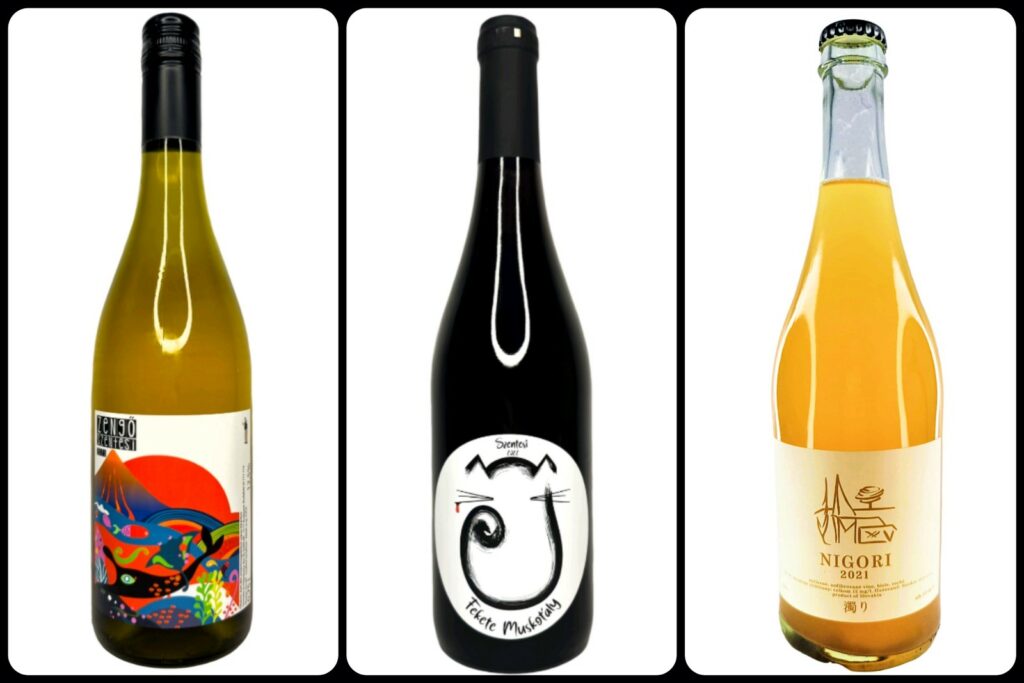
Say I’m a consumer who has tried lots of wines from around the world but am new to those of the Carpathian region. What three would you recommend as starters?
I’d certainly pick a wine more familiar to the average palate for starters. Our Zengő from Szentesi Cellar is a crisp white with zippy acidity, a tiny bit of residual sugar and lots of floral aromas accompanied by fresh apple and citrus flavors. This wine is always a heavy hitter for both natural and traditional wine drinkers. It also just got selected for the wine list of Rêver, a Michelin-star restaurant in Guangzhou.
Second, I’d go for something from our pre-phylloxera light reds. Probably Fekete Muskotály (Black Muscat), an unbelievable variety but sadly only currently available commercially — with over 1000 bottles of annual production — from Szentesi Cellar.
This variety disappeared from the Carpathian Basin during the phylloxera period, but our long-time friend and producer Jozsef Szentesi resurrected it. He got obsessed with what our ancestors considered the most noble grape varieties and realized that almost none of those grapes survived the tumultuous times bridging the nineteenth and twentieth centuries.
Szentesi decided to dedicate his life to resurrecting the top ten red and top ten white ancient varieties of the Carpathian Basin as identified in an 1805 royal report to the King regarding the state of the region’s viticulture. Anyway, I’m rambling…

This Fekete Muskotály is a very light-colored red, with extreme rose and red berry aromatics. You can literally smell the wine from meters away.
The wine is light, exploding with strawberry and purple plum flavors. Its drinkability is at a dangerous level, with fresh acidity and tender tannins.
Last, I might get a little adventurous with the Nigori from Strekov 1075. This is an Olaszrizling (Welschriesling) made in an extremely reductive manner. Winemaker Zsolt Sütő stirs the barrels up intentionally before bottling which results in a lot of fine lees in the bottle. This is where it gets its name Nigori, which means cloudy in Japanese.
This wine produces extremely complex and heavy flavors. On the nose it is still fruity, dominated by peach and guava notes. On the palate it is creamy as hell and has intense umami flavors with quince, Chinese medicinal herbs, sandalwood and a brioche flavor that lingers on the palate for minutes.
This wine always draws a lot of attention at expos and tastings: natural wine people and high-level sommeliers go crazy for it. For a classical wine fan, however, it goes too far into the unknown. No accident that Nigori just made it on the NOMA wine list for the third time in a row.
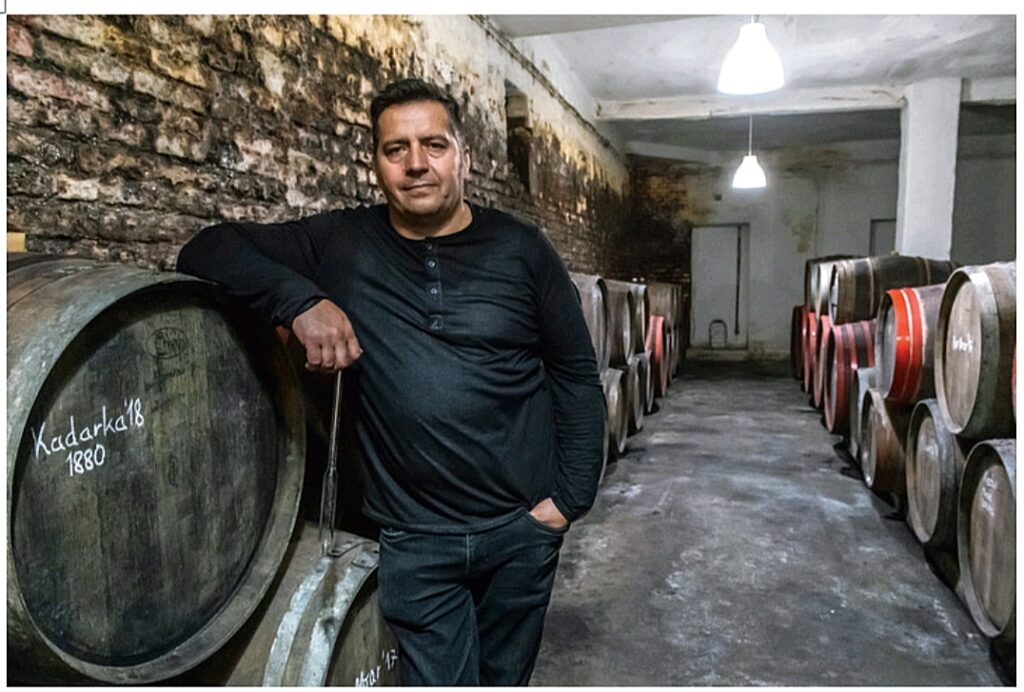
If you could promote only one local grape from the Carpathian Basin to the world, which one would you choose and why?
That’s a tough question. My gut reaction would be Kékfrankos or Olaszrizling, as they can make phenomenal wines and are the most planted grapes in the region.
However, these varieties have been popularized by the Austrians and thus cannot be our candidates. To make the point, if I instead call these grapes Blaufränkisch and Welschriesling, people immediately recognize the names.
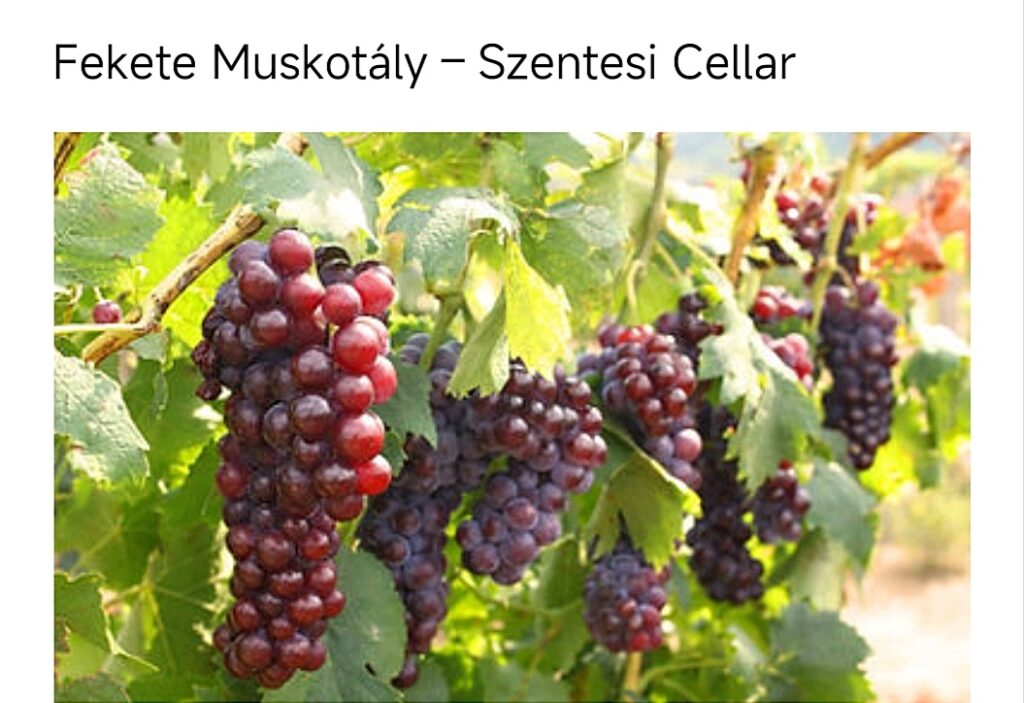
I also cannot say Fekete Muskotály, which would be my personal choice, because it is simply not widely available and is difficult to farm at an industrial scale due to its extremely thin skin, which makes it prone to disease.
So, I must go with Kadarka, still a banger of a variety! Its name is reasonably easy to pronounce and remember, which is seldom considered a major factor in popularizing a variety.
Kadarka is practically the Pinot Noir of the Carpathian Basin. It’s a bit sensiive, just like Pinot, but it can still be rather effectively mass-farmed by industrial producers. This is key, as mass availability on the market is crucial for popularizing a variety.

Kadarka produces lighter-bodied wines, but when tailored towards concentration it can give some pretty hefty ones, too. This versatility can keep the grape exciting and relevant.
It produces an aromatic wine, dominated by red and black fruits with an earthy undertone. This makes it future-proof, as it seems like the wine market is trending in this fruity lighter direction for red wines — just look at the popularity of Pinot Noir.
Its tannins are silky and the acidity of wines from some of the volcanic wine regions can hike into long-term aging territory. This will satisfy even Burgundy extremists.
Finally, even when vinified by a low-quality producer the wine is attractive due to its inherent aromatics, fruitiness and drinkability. This allows for success in the supermarket sector.
Overall, it’s the best candidate in my opinion. Kadarka has been gaining a lot of traction all over the Carpathian Basin, and is becoming one of the new superstars of domestic consumption in Hungary. We also started carrying this fantastic variety from Szentesi Cellar in 2024, and the feedback has been very positive so far.
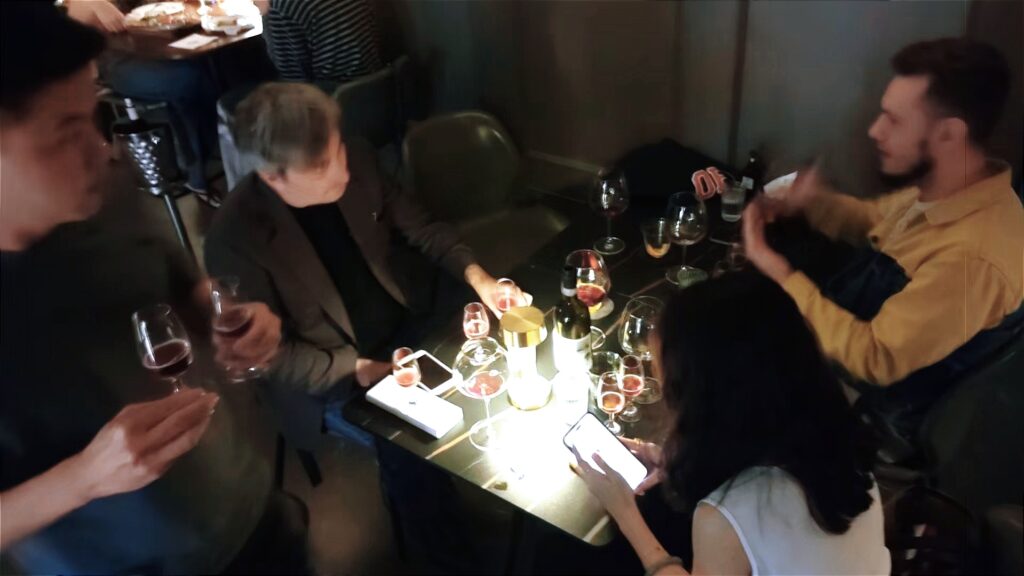
It seems like every time we meet up, we *almost* get into major trouble, so much so that you, me and two other wine trade guys have an informal name, The Circle of Danger. What are your predictions for the Beijing visit!?
Indeed, the Circle of Danger is real and a hallmark of our friendship. It’s something we all cherish and fear.
In Beijing, we’ll only have an arc of the Circle of Danger, so I’m not too worried. The circle must be whole for the danger to fully manifest!
I do look forward to breaking from professional duties and experiencing the late hours of Beijing. No holding back on wild conversations and excessive consumption of fine liquors! (I am already very much worried about missing my flight…)

Grape Wall has no sponsors of advertisers: if you find the content and projects like World Marselan Day worthwhile, please help cover the costs via PayPal, WeChat or Alipay.
Sign up for the free Grape Wall newsletter here. Follow Grape Wall on LinkedIn, Instagram, Facebook and Twitter. And contact Grape Wall via grapewallofchina (at) gmail.com.

Leave a Reply
You must be logged in to post a comment.